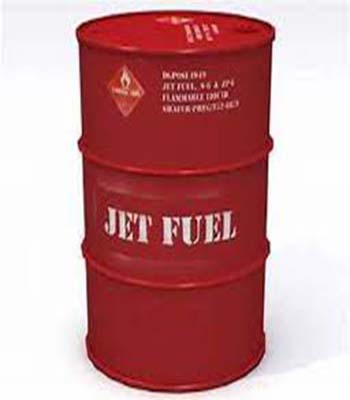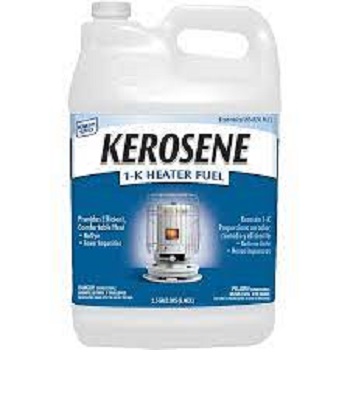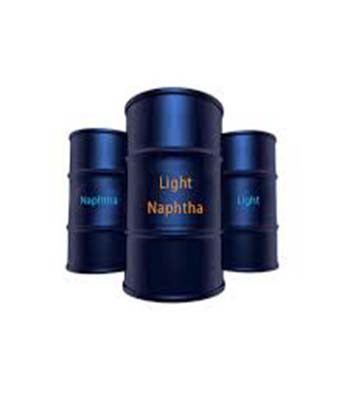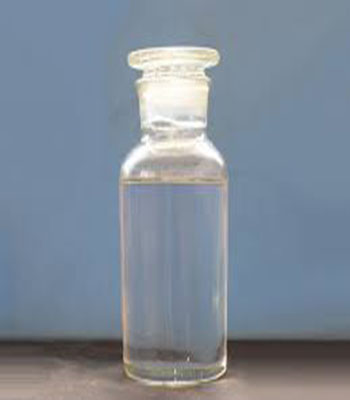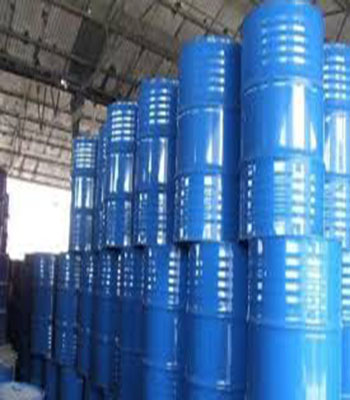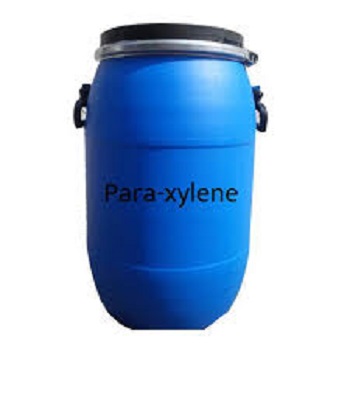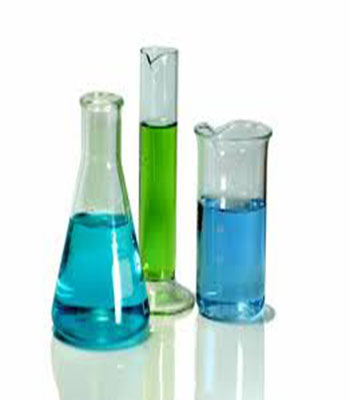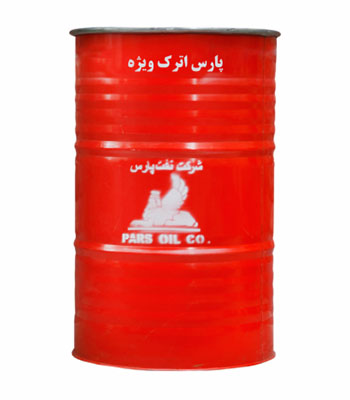Jet fuel-Jet A
0,00 €Jet fuel or aviation turbine fuel (ATF, also abbreviated avtur) is a type of aviation fuel designed for use in aircraft powered by gas-turbine engines. It is colorless to straw-colored in appearance. The most commonly used fuels for commercial aviation are Jet A and Jet A-1, which are produced to a standardized international specification. The only other jet fuel commonly used in civilian turbine-engine powered aviation is Jet B, which is used for its enhanced cold-weather performance.
Jet fuel-Jet B
0,00 €Jet fuel or aviation turbine fuel (ATF, also abbreviated avtur) is a type of aviation fuel designed for use in aircraft powered by gas-turbine engines. It is colorless to straw-colored in appearance. The most commonly used fuels for commercial aviation are Jet A and Jet A-1, which are produced to a standardized international specification. The only other jet fuel commonly used in civilian turbine-engine powered aviation is Jet B, which is used for its enhanced cold-weather performance.
Kerosene
0,00 €Kerosene, also known as paraffin, lamp oil, and coal oil (an obsolete term), is a combustible hydrocarbon liquid which is derived from petroleum. It is widely used as a fuel in aviation as well as households. Its name derives from Greek: κηρός (keros) meaning “ wax“, and was registered as a trademark by Canadian geologist and inventor Abraham Gesner in 1854 before evolving into a genericized trademark. It is sometimes spelled kerosine in scientific and industrial usage.
Kerosene-KeroseneC9-C16
0,00 €Kerosene, also known as paraffin, lamp oil, and coal oil (an obsolete term), is a combustible hydrocarbon liquid which is derived from petroleum. It is widely used as a fuel in aviation as well as households. Its name derives from Greek: κηρός (keros) meaning “ wax“, and was registered as a trademark by Canadian geologist and inventor Abraham Gesner in 1854 before evolving into a genericized trademark. It is sometimes spelled kerosine in scientific and industrial usage.
Light Naphtha-Naphtha
0,00 €Naphtha is a flammable liquid hydrocarbon mixture. Mixtures labeled naphtha have been produced from natural gas condensate, petroleum distillates, and the distillation of coal tar and peat. In different industries and regions naphtha may also be crude oil or refined products such as kerosene. Mineral spirits, also historically known as “naphtha”, is not the same chemical.
Light RPO-Rubber Processing Oil
0,00 €PARS RUBBER PROCESS OIL (RPO) the highly aromatic (HA) type oil is known as distillate aromatic extract (DAE) is obtained in Pars Oil refinery as a by product during solvent extraction process of Producing lube base oils.
Applications
- As component in rubber formulations and manufacturing of products such as automobile tires, rubber shock absorber, footwear, industrial hoses, wire and cable coverings, flooring materials and carrier fluid or solvent in manufacture of adhesives, sealant, polish and carbon black
-
Used as a lubricant in rubber processing
-
Used as a component in ink production
Performance Features
-
Excellent color stability
- Low volatility properties
- Good solubility properties
- Elastomer capability
Lightends-Hydrocarbons
0,00 €Light ends are the light hydrocarbon gases and liquids that come off the top of distillation towers and fractionators. This usually includes refinery gas and some C3s and C4s.
MDI
0,00 €DESCRIPTION
Methylene diphenyl diisocyanate is an aromatic diisocyanate. Three isomers are common, varying by the positions of the isocyanate groups around the rings: 2,2′-MDI, 2,4′-MDI, and 4,4′-MDI. The 4,4′ isomer is most widely used, and is also known as 4,4′-diphenylmethane diisocyanate.
para-xylene
0,00 €DESCRIPTION
Para-Xylene is made by separating compound xylene, and is a transparent liquid with no color. It is harmful to the body. The product has high value as it is used to produce terephthalic acid, which becomes raw material for polyester, fiber, PET bottles, and films.
ParaxXylene-Hydrocarbons
0,00 €P-Xylene is an aromatic hydrocarbon. It is one of the three isomers of dimethylbenzene known collectively as xylenes. The p- stands for para-, indicating that the two methyl groups in p-xylene occupy the diametrically opposite substituent positions 1 and 4
PARS ATRAK VIDJEH- Industrial Oil
0,00 €PARS ATRAK VIDJEH oil is a highly stable oil-in-water emulsion developed for use as a cost effective metalworking fluid. It is formulated with suitable base oils, good additives and emulsifiers to provide in a variety of metalworking fields.
Applications
- Machinery operation
- Drilling
- Sawing
- Grinding
Performance Features
- Very good lubricity
- Excellent emulsion stability
- Without unpleasant odor
- Rust and corrosion resistance
- Excellent cooling properties
- Contains biocide
Performance Levels
- ISO – L- MAA
- ISIRI 2773



